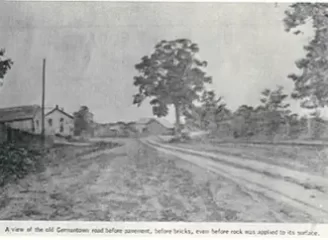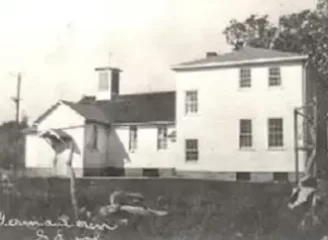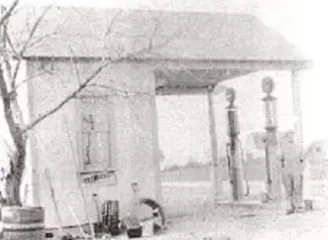HISTORY OF GERMANTOWN HILLS

The Village of Germantown Hills is located Northeast of Peoria on the East bluffs of the Illinois River. It is in Worth Township, on IL Rte. 116, approximately 5 miles East of Rte. 24 (McCluggage Bridge).
Settlement of the area that was to become Worth Township began nearly 200 years ago. As early as November 1831, Rev. Zadock Hall, a pioneer Methodist preacher, came to Worth Township. A few years later, one of the early settlers, Philip Klein, opened the first iron foundry in the Township. In 1837, a Catholic church was organized by the German Catholics in the area.
In 1850, William Hoshor built a hotel, and a tavern, called the ‶Germantown House″ and a steam sawmill was built in 1860.
In the 1890′s, the Union House was operating as a tavern, grocery store, and a lager beer saloon. (The Illinois State Police Station on Rte 116 now sits on the site of the Union House).
The Township was primarily agricultural, with no municipalities until the incorporation of the Village of Oak Grove Park in 1954. The name ‶Germantown″ could not be used because there was already another incorporated ‶Germantown″ near East St. Louis, Illinois. But in 1967, the name Oak Grove Park was changed to the Village of Germantown Hills.
In 1954, the population of the Village of Oak Grove Park was 182 persons. By the 1980 census, development and annexation of Whispering Oaks Subdivision to the Village of Germantown Hills had pushed the population to 524. Rapid residential development in the late 1980s, along with the annexation of the White Oak Lake subdivision, drove the population to 1195 at the 1990 census. A special census conducted in 1995 raised this count to 1780. Today, the Village of Germantown Hills, Illinois has a population of around 3,400.




